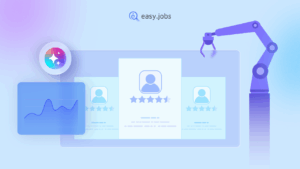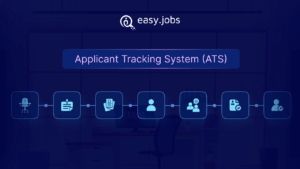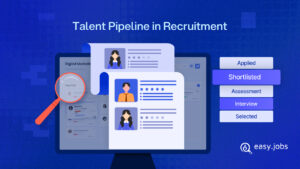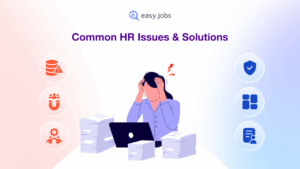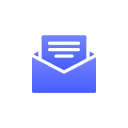Hiring is urgent. Yet your team spends endless hours sorting resumes, juggling interviews and chasing updates. The real work of connecting with talent gets buried under admin.
Now imagine freeing your recruiters from routine. With hiring automation, tools powered by AI step in to screen resumes, create entire job posts and highlight the best candidates instantly. Platforms like easy.jobs make hiring faster, fairer and smarter.
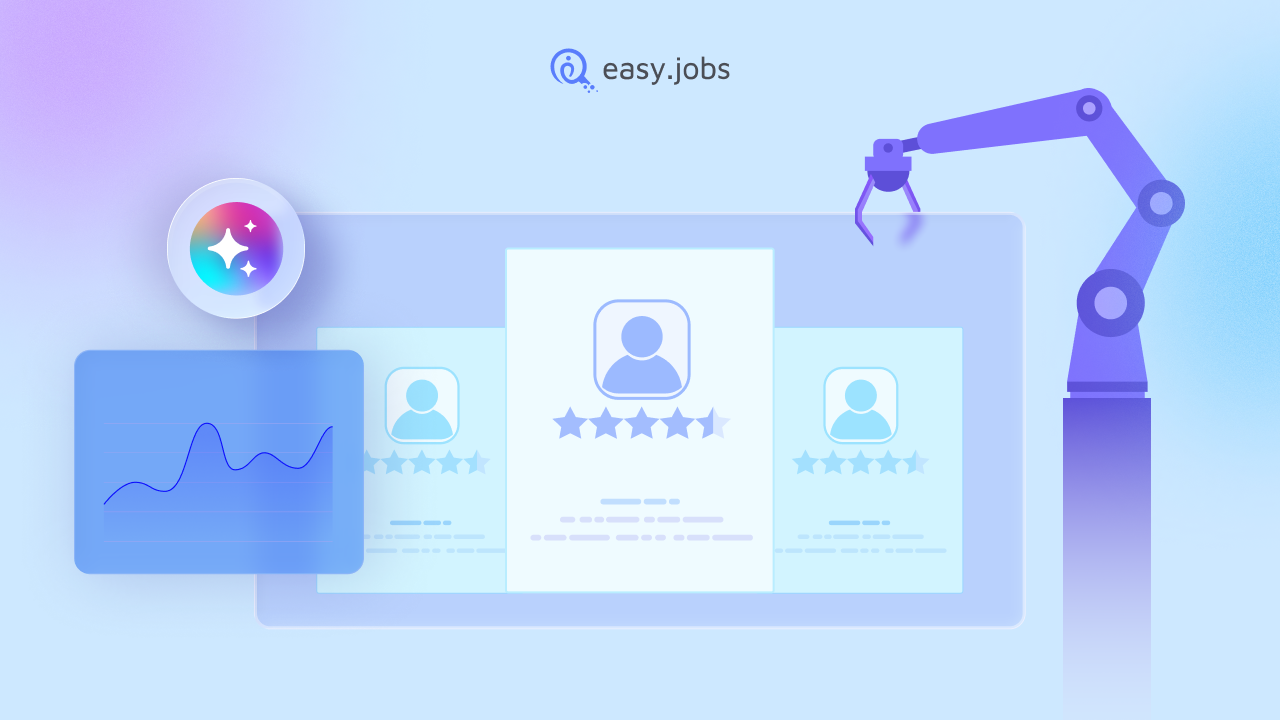
The result? Shorter time-to-hire, happier candidates who stay engaged and recruiters who focus on relationships instead of paperwork. Automation fuels efficiency without burning out your team.
This guide shows you exactly how to use automation to transform recruitment step by step. Let us get started.
What Is Hiring Automation?
Hiring Automation means using software to handle parts of the hiring process automatically. It is also called Recruitment Automation. The idea is to let software do repetitive tasks so people can focus on making smart decisions.
How Is It Different from Manual Recruiting?
In manual recruiting, people read resumes, reply to candidates, schedule interviews and track everything by hand. This can be slow and tiring. With Hiring Automation, software handles these routine steps. That saves time and lowers errors, letting recruiters devote energy to talking with candidates and picking the best fit.
Core Components of Hiring Automation
- Applicant Tracking System (ATS): a tool that stores candidate data, scans resumes, ranks applicants, schedules interviews and sends emails. It keeps everything in one place for easy teamwork.
- Automated Candidate Screening: software that checks resumes or answers, finds key skills and scores applicants to make shortlisting faster.
- Communication tools: systems that send messages to candidates. They can update people on application status, set up interviews, or follow up without a human typing each one.
Together, these tools make recruitment faster, more organized and more candidate-friendly.
Why You Need an Applicant Tracking System (ATS)
An Applicant Tracking System (ATS) is software that helps you manage all your hiring tasks in one place. It plays a key role in Recruitment Automation, making your process smoother and faster.
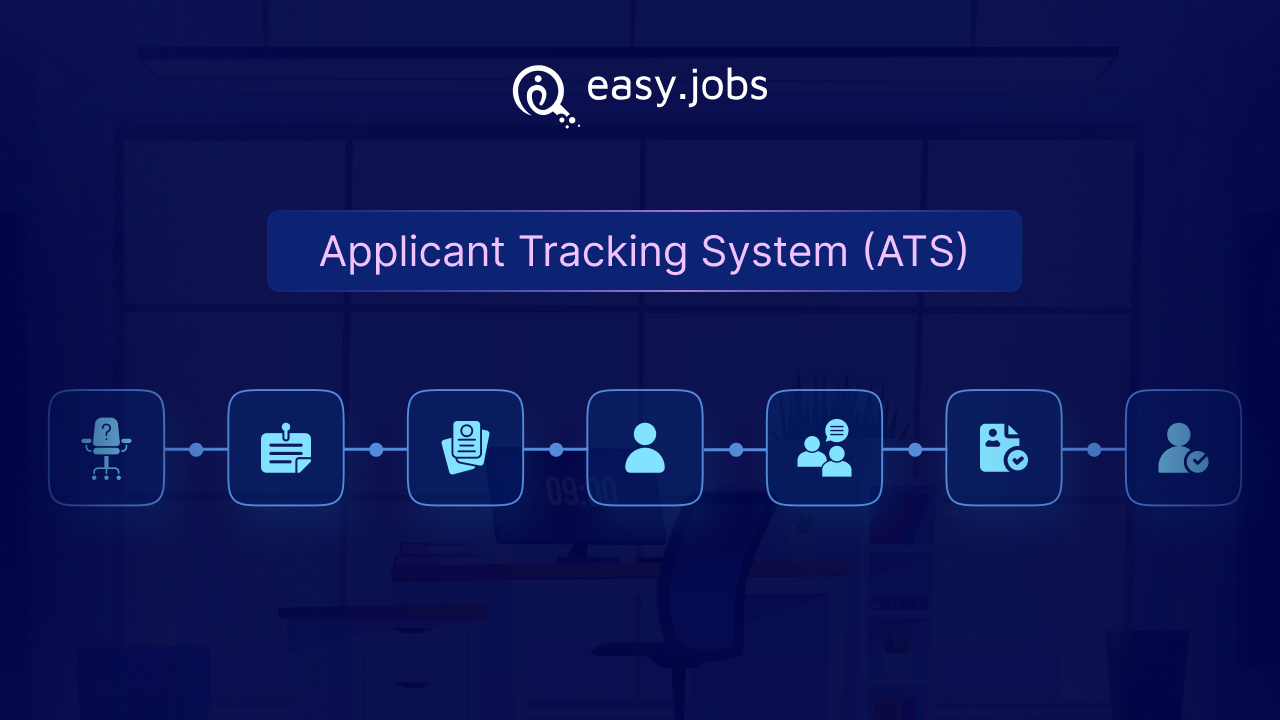
What Is An ATS And Its Role in Hiring Automation?
An ATS collects and stores all candidate applications. It helps with posting jobs, reading resumes, scheduling interviews and sending emails automatically. It keeps everything organized and lets you manage hiring in one central spot. This turns messy manual work into smooth, automatic tasks.
Benefits of Using An ATS
Beyond being a central hub, an ATS offers clear benefits that make recruitment easier for both hiring teams and candidates. Here are the most important advantages:
- Organizes Candidate Data: The ATS keeps all candidate info like resumes, contact details, feedback together in one place. It is easy to search, track and revisit when you need to use these information.
- Reduces Manual Work: You no longer need to copy data by hand, email each candidate one by one, or manually sort resumes. The ATS handles these repetitive tasks automatically.
- Improves Candidate Tracking: You can see who is in each stage of your hiring process. You can rate, filter, and move candidates easily. This keeps everything clear and on track.
Using an ATS is a smart way to bring AI in Hiring into your strategy. Combined with other tools in Recruitment Automation, it frees you up to focus on the personal side of hiring like getting to know and choosing the right people.
The Role of AI in Hiring And Automated Candidate Screening
AI in Hiring is changing how companies find and select talent. Instead of relying only on human review, artificial intelligence uses data and smart algorithms to make decisions faster and more accurate. This matters because hiring teams face more applications than ever, and time wasted on manual work can cost the business its best candidates.
Automated Candidate Screening

A key use of AI in hiring is automated candidate screening. The system starts with resume parsing. It pulls important details such as skills, education and past roles from each application. Next comes scoring.
The software compares those details against job requirements and gives each candidate a score. Some platforms also add predictive fit, which uses past hiring data to guess how well someone may perform in the role.
Benefits of AI Screening
When done well, AI screening provides recruiters with practical benefits that directly improve speed, accuracy and fairness. These advantages go beyond efficiency and help teams make better hiring choices:
- Faster Shortlisting: AI can review hundreds of resumes in minutes, so recruiters spend less time sorting and more time engaging with people.
- Better Matching: AI goes beyond simple keywords. It can connect related skills and experiences to find stronger matches.
- Less Bias: By hiding details like name or age, AI reduces the chance of unconscious bias and supports fairer hiring decisions.
Large companies already use AI to make hiring smarter. For example, Meta has tested AI to help match interviewers with candidates, ensuring a fairer and faster process. Other firms like Unilever use AI video assessments to screen applicants before human review.
These cases show that when used well, AI is not about replacing people it is about giving them better tools.
Managing Bias in AI Recruitment
One of the most important challenges in AI in Hiring is the risk of bias. While Hiring Automation promises fairness and efficiency, poorly designed systems can make the problem worse instead of solving it.
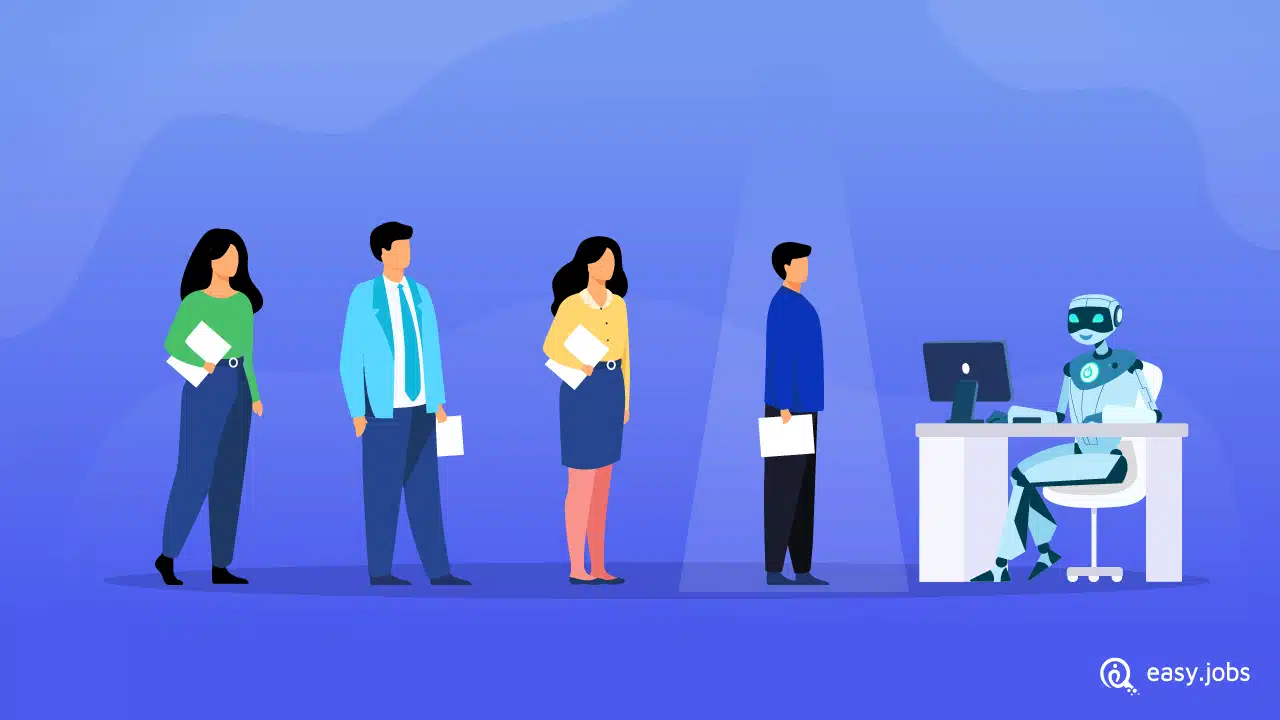
Why Does Bias Happen?
Bias in AI recruitment often comes from the data used to train the system. If past hiring records show patterns that favored certain groups, the AI may copy those patterns. Hidden rules inside algorithms can also influence results without recruiters even realizing it.
For example, if an automated candidate screening tool gives extra weight to certain schools or job titles, it may unintentionally exclude strong applicants from different backgrounds.
How Can We Reduce This Bias?
There are several practical strategies companies can follow to make AI in Hiring fairer and more reliable:
- Regular audits: Companies should review AI decisions often to check for unfair patterns.
- Fairness metrics: Clear standards can measure whether the system treats candidates equally.
- Human review checkpoints: Automation should support, not replace, human judgment. Recruiters must step in at key stages to make sure decisions are balanced and inclusive.
Why Fairness Matters
For Recruitment Automation to succeed, it must be transparent and fair. If candidates feel that AI tools are unfair, trust in the hiring guide process will break. By combining automation with careful oversight, companies can speed up hiring while also promoting diversity and equality.
Step-by-Step Implementation of Recruitment Automation
Adopting Hiring Automation is not only about buying new software. It is about building a process that works for your business. Here is a clear path to get started.
Step 1: Assess Current Hiring Processes
Look at how you recruit today. Where do delays happen? Which tasks take the most manual work? This assessment will show where Recruitment Automation can help the most.
Step 2: Set Clear Goals And KPIs
Decide what success looks like. Goals could include reducing time-to-hire, improving the quality of hire, or tracking diversity. Use clear KPIs to measure progress.
Step 3: Choose the Right Tools
Select tools that fit your needs. An Applicant Tracking System (ATS) can manage applications, while AI in Hiring tools handle resume screening and communication bots keep candidates updated.
Step 4: Pilot Before Full Rollout
Start small. Test your tools with one department or role. Pilots let you spot problems early and adjust before scaling.
Step 5: Train Your Team
Recruiters and managers must understand how automation works. Training ensures they know how to use features like automated candidate screening and reporting.
Step 6: Monitor, Evaluate And Optimize
Track your results against the KPIs. Review whether the tools save time, improve candidate experience and reduce bias. Adjust workflows if needed.
Step 7: Scale Once Successful
When the pilot delivers results, expand automation across your hiring process. Keep combining technology with human oversight to stay fair and transparent.
By following these steps, you can bring Hiring Automation into your company smoothly and see real improvements in speed, efficiency and quality.
Tools & Technologies to Explore
When you start with Hiring Automation, it helps to know the main types of tools available. Applicant Tracking Systems (ATS) are the foundation. They keep candidate data organized, track progress, and reduce manual work.
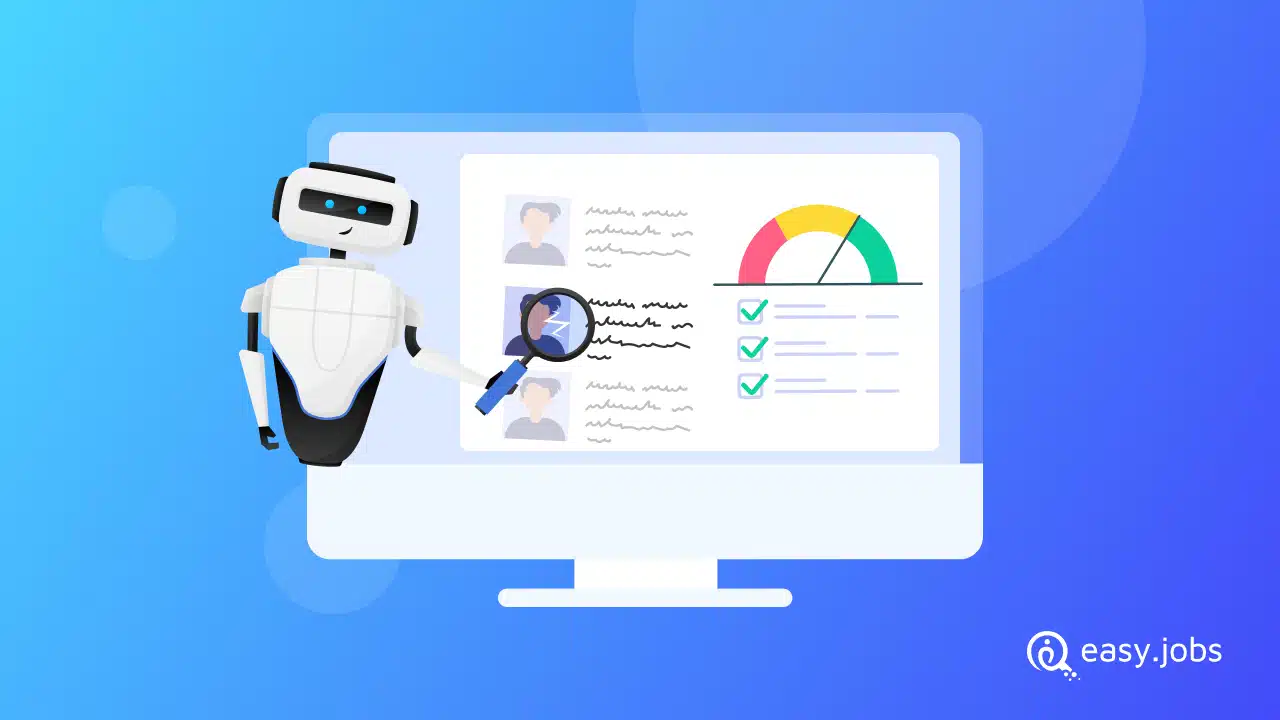
AI screening tools focus on automated candidate screening. They read resumes, score applicants and predict fit for the role.
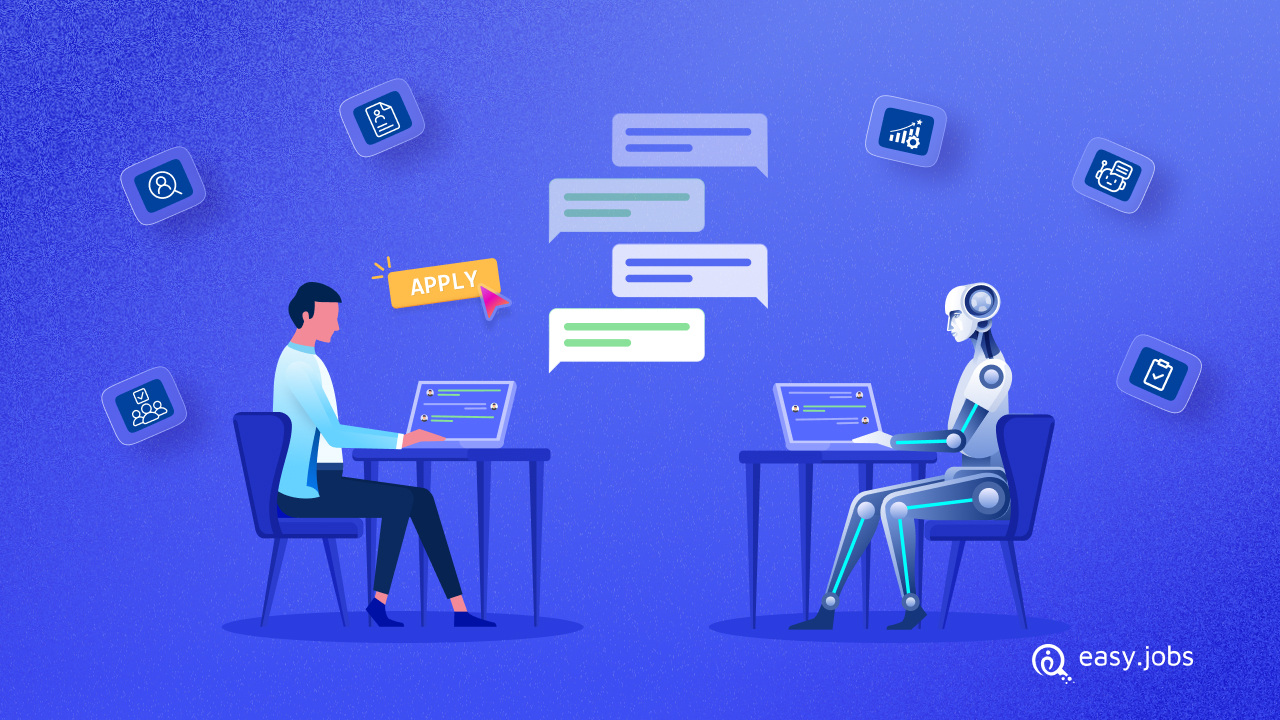
Recruitment chatbots handle early communication. They can answer questions, schedule interviews and keep candidates updated without human effort.
Some companies also choose end-to-end AI recruitment suites. These platforms bring everything together: sourcing candidates, managing applications, scheduling interviews and providing analytics in one place. Many of these tools already include advanced AI in Hiring features, such as skills matching, diversity tracking and performance predictions.
By picking the right mix of tools, you can build a recruitment system that is fast, fair and effective.
Future Trends in Hiring Automation
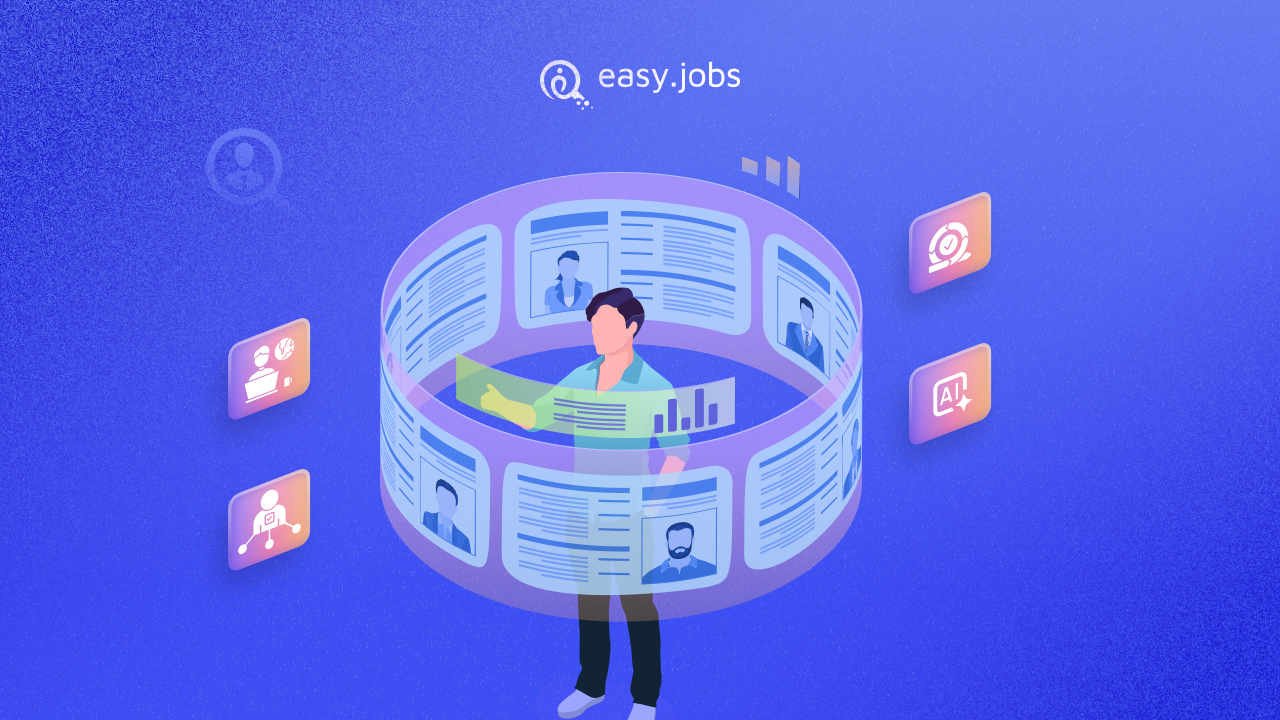
The future of Hiring Automation goes beyond saving time. New tools are shaping a more strategic and people-focused approach to recruitment.
One key trend is predictive hiring. AI will not only screen candidates but also forecast who is most likely to succeed long term. Companies are also exploring AI-driven interviewer assistance, where smart tools guide managers with questions and scoring during interviews.
Another trend is real-time diversity analytics. These systems help track fairness in hiring and highlight where improvement is needed. Voice and video AI interviews are also growing. They allow candidates to answer questions online, while AI reviews tone, keywords and skills.
Finally, deeper integration with HRIS systems will connect recruitment with onboarding, performance and retention data.
All these trends move Recruitment Automation toward a future where technology handles the heavy lifting and people focus on building stronger, fairer workplaces.
Unlock Recruitment Success with Smarter Hiring Automation
Hiring Automation is no longer just a trend. It is a practical way to make recruitment faster, smarter and more effective. From Applicant Tracking Systems (ATS) to AI-powered screening and communication tools, automation can improve speed, cut costs and raise the quality of each hire. At the same time, success depends on how thoughtfully these tools are used.
The best approach is to start small. Choose one or two areas where Recruitment Automation can have the biggest impact, such as resume screening or interview scheduling. Set clear goals, measure results and refine the process as you go. Above all, always keep fairness and transparency in mind. Hiring should be efficient, but it should also be human. Enjoyed this guide? Subscribe to our blog for more tips on hiring and recruitment tools. Join our Facebook community to connect with HR professionals and business leaders.

